Generative AI: Can It Change the Future of Education?
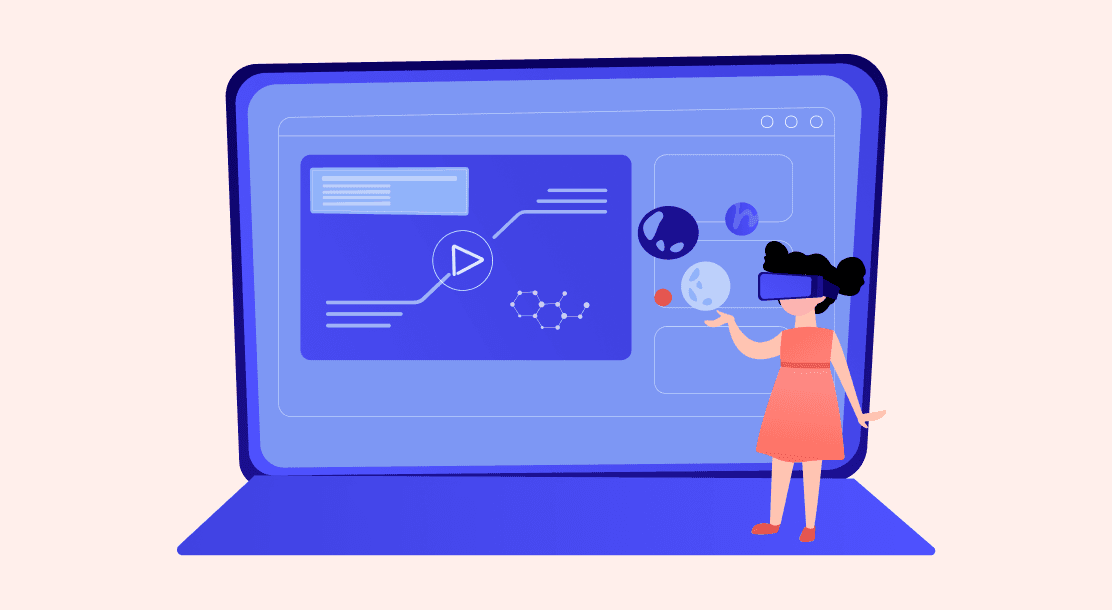
All great minds have said time and again that change is the only constant in the world. However, our education system, which plays a vital role in shaping our society, has resisted any change for the longest time.
When the COVID-19 pandemic hit the world in 2020, all educational institutions were distraught about embracing the digital space for teaching and assessment. It took schools and colleges some time to come to terms with teaching in a virtual environment, but with no choice in hand, they slowly embraced it.
Two years later, the introduction of ChatGPT has once again created chaos in the education system. The fear of students taking undue advantage of Gen (generative) AI in academics has led to many institutions banning the platform in their network.
But is Gen AI really the monster here? Or could it prove to be a boon for our education system? In this blog, we’re going to contemplate upon these questions and come up with some concrete answers about how Gen AI can change the face of education.
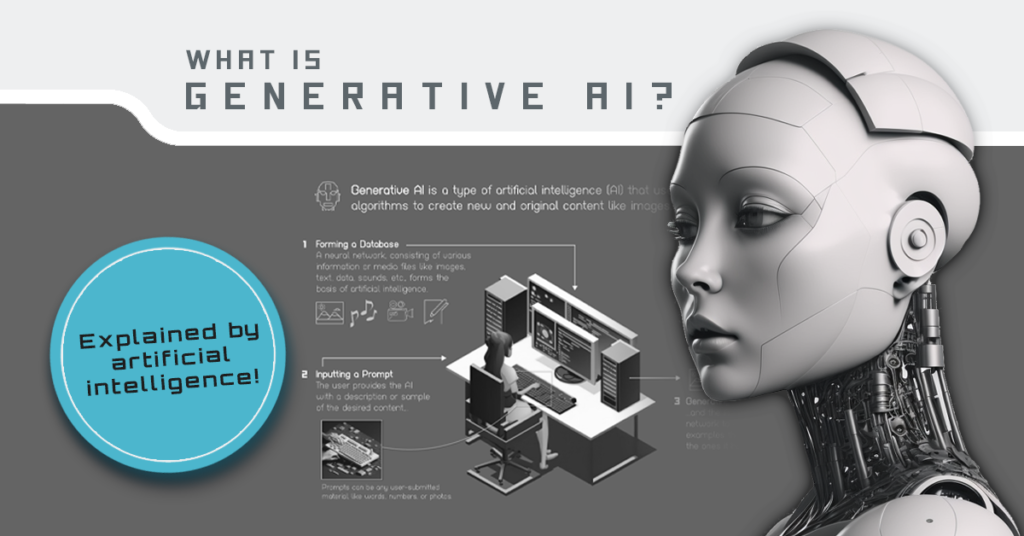
Current Drawbacks of the Education System
Before we go on to talk about the ways in which next-gen AI can change the existing education system for the better, shouldn’t we first address its drawbacks? After all, it is essential to understand why a change is necessary in the first place.
We agree that the outcome-based education system being followed currently worked well enough for when it was designed. But we’re no longer in the age of the industrial revolution, where hard work and productivity were the only means to a successful life.
Here are some factors that could be improved upon when it comes to education.
1. Personalization – or the lack thereof
The current outcome-based education system that’s followed throughout the world takes a standardized approach to education. Within it, all students are judged on the same parameters, with the focus being on memorization.
Such a system disregards any individual differences in terms of interests, preferences, and learning styles, leading to disinterest, frustration, and consequently, ineffective learning.
2. Focus on curriculum-driven practices instead of value-driven ones
The current education system follows curriculum-driven practices, wherein all students are taught a specific set of knowledge and skills to fulfill a set standard of learning objectives.
As opposed to it, value-driven practices in education focus on the development of its students beyond the academic sphere. It places equal importance on the development of their attitude, character, and values. Its goal is to make them ethical, socially responsible, and responsible citizens as adults.
Now, which approach do you think is the need of the hour?
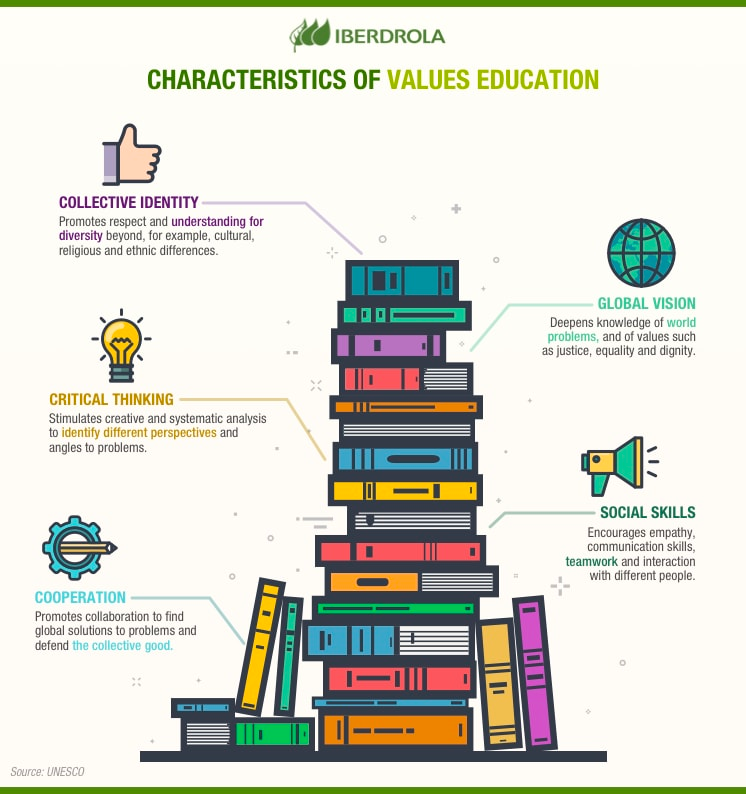
3. Exorbitantly-priced courses and training programs
According to the World Economic Forum, about 72 million children who should be receiving primary education are out of school. And the reason behind it? The exorbitantly priced fees of educational institutions that pave the way for educational debts.
Because we’re on the subject of changing the face of education, it is vital to also pay attention to the factor of its accessibility to all students.
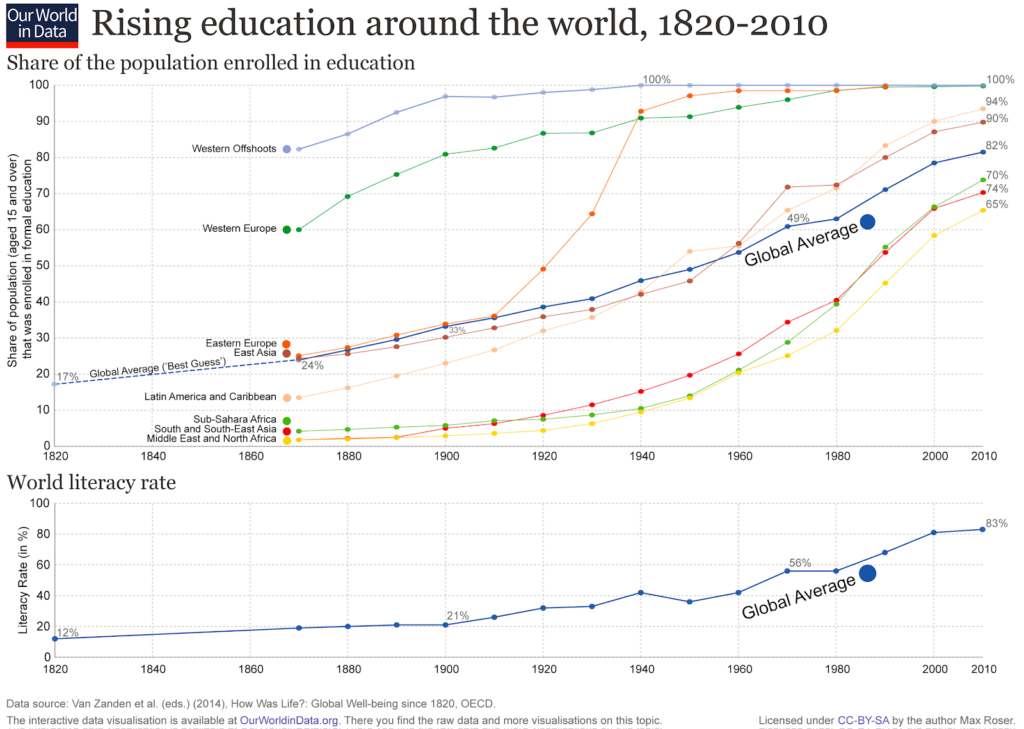
Introducing Gen AI to the Education System
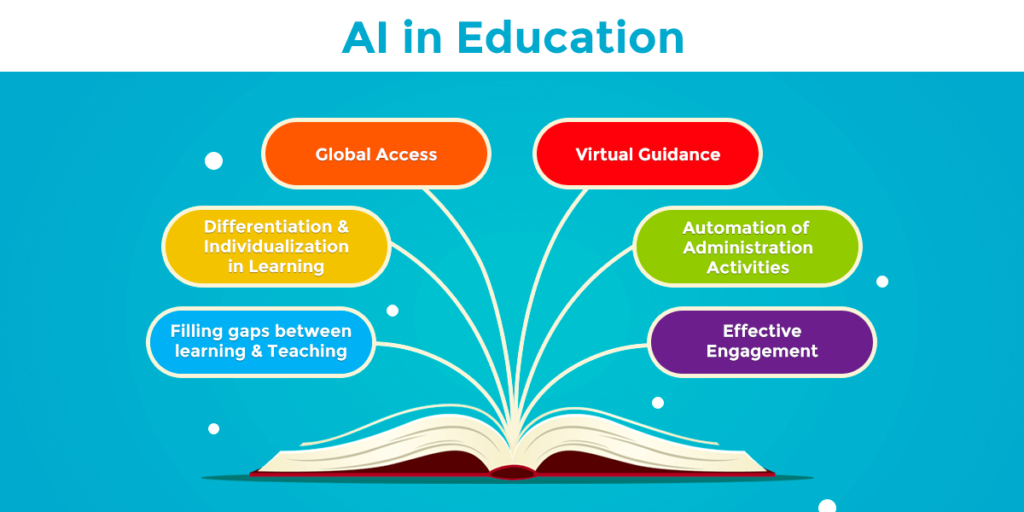
In this age of technological revolution, if we’re not familiarizing young minds with technology from an early age, they’ll grow up fearing it; or even worse, dreading being replaced by it.
The fast-paced expansion of artificial intelligence (AI) across all industries in the recent past has shown us how it’s the future of technology. This means that next gen AI is here to stay whether we like it or not.
It’s about time we changed our approach towards it and started paying attention to how it can help us improve and simplify our lives. Here are some tried-and-tested suggestions for introducing next Gen AI to the education system.
Take a look:
1. Creating a personalized curriculum for students
We’ve already discussed how the one-size-fits-all approach to education is not healthy for students’ growth. In order to encourage more wholesome growth in all students, it’s vital to shift to a more personalized approach to learning.
It is only when the interests, hobbies, and strengths of every individual are taken into account that an adaptive learning environment can be created. But how does one create a tailored educational experience for every single student? Next gen AI can help you with it.
Following are the steps involved in creating a personalized curriculum for students:
- Using surveys, feedback, and assessments to collect data about every student’s learning interests and style.
- Analyzing the collected data to recognize patterns and trends that can be structured into the generic curriculum.
- Developing personalized paths that align with a student’s learning pace and objectives.
While it might seem like a lot of work when done manually, we now have Gen AI to automate all these tasks. And when the students are taught in an adaptive learning environment, they’re bound to feel more inclined towards learning meaningfully.
2. Using Gen AI’s assistance in learning evaluations
Most teachers assume that the main objective of using Generative AI to automate learning evaluations is to save time and effort, which is not the case.
While a fine-tuned Gen AI model can evaluate a large number of assessments within a significant time, it can also do more than that.
It can combine the data collected from different kinds of assessments – such as traditional tests, quizzes, and other interactive learning activities – and analyze them comprehensively.
The outcome of this analysis will provide teachers with a holistic view of students’ growth and performance. They can identify the areas of strengths and weaknesses of their students and create more targeted teaching strategies to address them.
3. Launching Gen AI-assisted low-cost training programs
As discussed in the last section, the unaffordability of education is another glaring issue that Generative AI can fix. Using Gen AI algorithms, educational institutions can build low-cost online training programs to offer flexible and online learning options to a wider range of students.
These Gen AI-assisted training problems can make education readily available to even those underprivileged students who are restricted by geographical or financial barriers. Such initiatives can do wonders in improving the global literacy rate.
4. Optimizing administrative operations with Gen AI
While all educational institutions are devoted solely to the teaching and learning of students, administrative operations are an added responsibility that the teachers need to deal with.
The application of Generative AI to the administrative department can save the teachers’ time by automating the processes of academic records and financial management.
It can also be used to develop virtual assistants (or chatbots) to support the students in simplifying their course selection, scheduling, and registration.
We agree that relying solely on Gen AI for all administrative operations isn’t a good idea; it’s best to have a professional oversee the processes. But it can certainly reduce the number of hands that are usually required on deck.
Is Generative AI the Ultimate Answer?
Throughout this blog, we’ve focused on the ways in which Generative AI can improve the existing education system and make it more efficient in catering to the students’ needs.
This brings forward speculation of whether Gen AI – or AI in general – is capable of replacing humans in the education industry whatsoever. Now, while there are some subsets and branches of education where it might happen, the entire system will not be able to run without humans; at least not any time soon.
For all its advantages, AI is still a human creation and will require human supervision to an extent to function smoothly. That being said, we must make the best use of it wherever possible; especially in the field of education.
FAQs
Text-producing Gen AI is a handy tool for both teachers and students. Teachers can use it to draft lesson places and emails, and even run a first-level grading on students’ assignments by feeding in the parameters of judgment.
On the other hand, the students can use it as a more responsive search tool to break down complex topics. Gen AI can also provide them with meta-lessons where they can explore media literacy.
Yes, Gen AI tools can indeed create problems that are larger than mere plagiarism. But there is a way to deal with it; educational institutions will need to come up with more concise guidelines around the usage of Gen AI by students and teachers alike.
Latest Blogs
Explore how Google’s 2025 AI search updates triggered ranking chaos. Learn actionable strategies to adapt your SEO for AI Overviews, zero-click searches, and SERP volatility. Stay ahead now.
Learn how to rank on AI search engines like ChatGPT, Perplexity, and Gemini by optimizing your content for authority, structure, and relevance. Stay ahead in AI-driven search with this strategic guide.
Explore the best healthcare SEO services for your medical practice. Improve online visibility and effectively reach more patients in need of your services.